Want Blue Ornamental Onions That Look Unreal? Try These True Blue Allium Plants
Ornamental alliums create majestic displays in gorgeous hues from violet to bright white – but if you fancy something otherworldly, try one of these blue allium plants
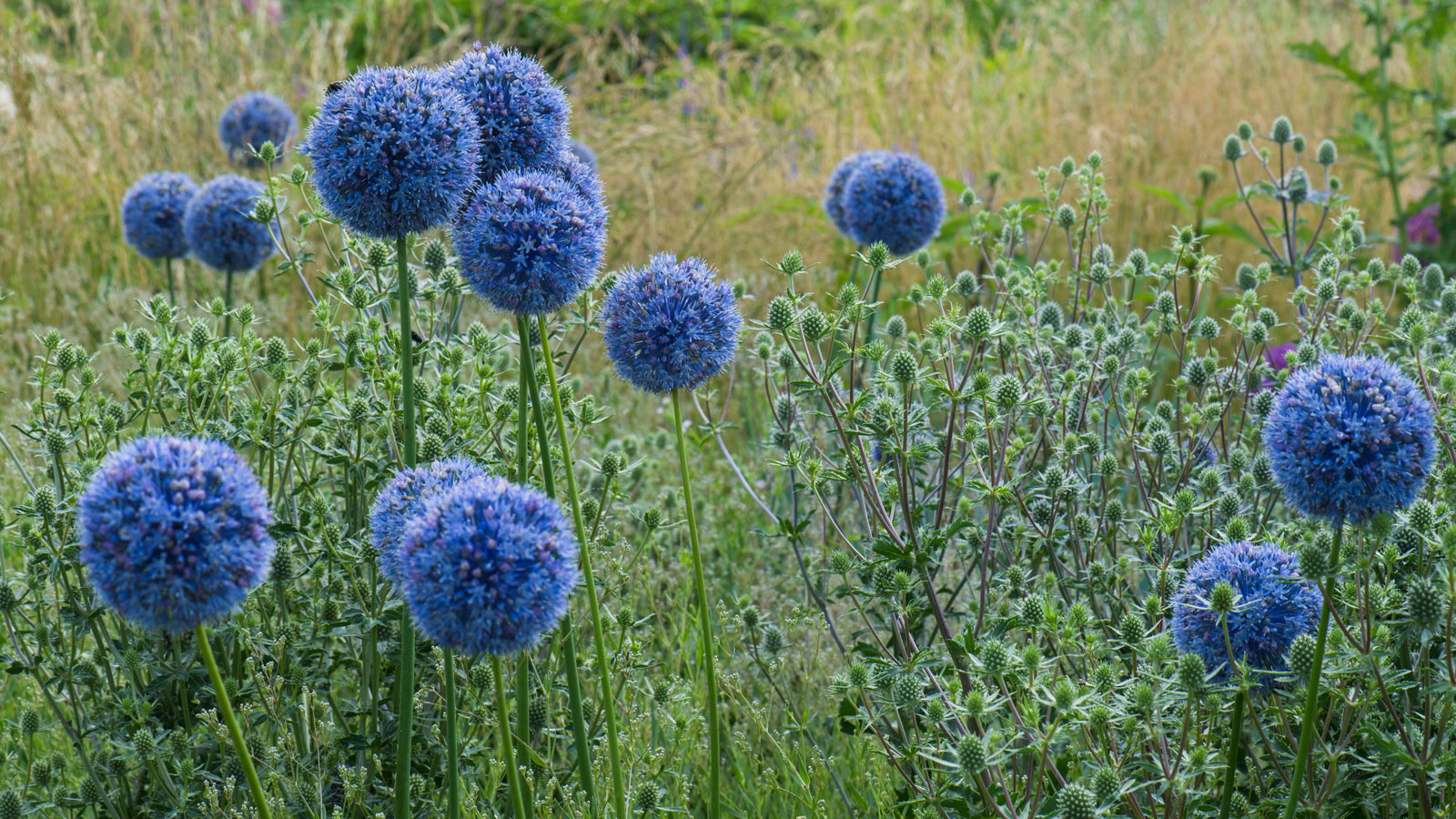

Adding blue allium plants to your spring garden attracts pollinators, and makes your flower beds bright with color. While the size, form and bloom period of blue allium flowers vary from one species to the next, each is a dependable perennial. Their longevity and ease of growth make them some of the ultimate flowering alliums, as well as contributing to memorable floral displays, both in borders and containers. So what types of blue onions are best? Below, we take a closer look at some of the most popular varieties of blue allium for the home landscape, their unique characteristics, and specific needs regarding their care.
Dazzling Blue Allium Plants That Look Unreal
Fall-planted bulbs like alliums are an easy and cost-effective way to add vibrancy to your spring and summer garden. When growing alliums, many cultivars are marketed toward growers looking for true-blue flowers, but colors may vary. Most plants of this type open to reveal a range of blue-purple tones. Larger flowers, specifically, giant blue allium types, remain among the most popular. However, dwarf and low-growing species can also lend themselves well for use in your landscape, whether you’re designing a blue garden, a prairie meadow planting or a minimal modern plot. For unbelievable ornamental onions, try these blue allium flowers.
1. Blue of the Heavens
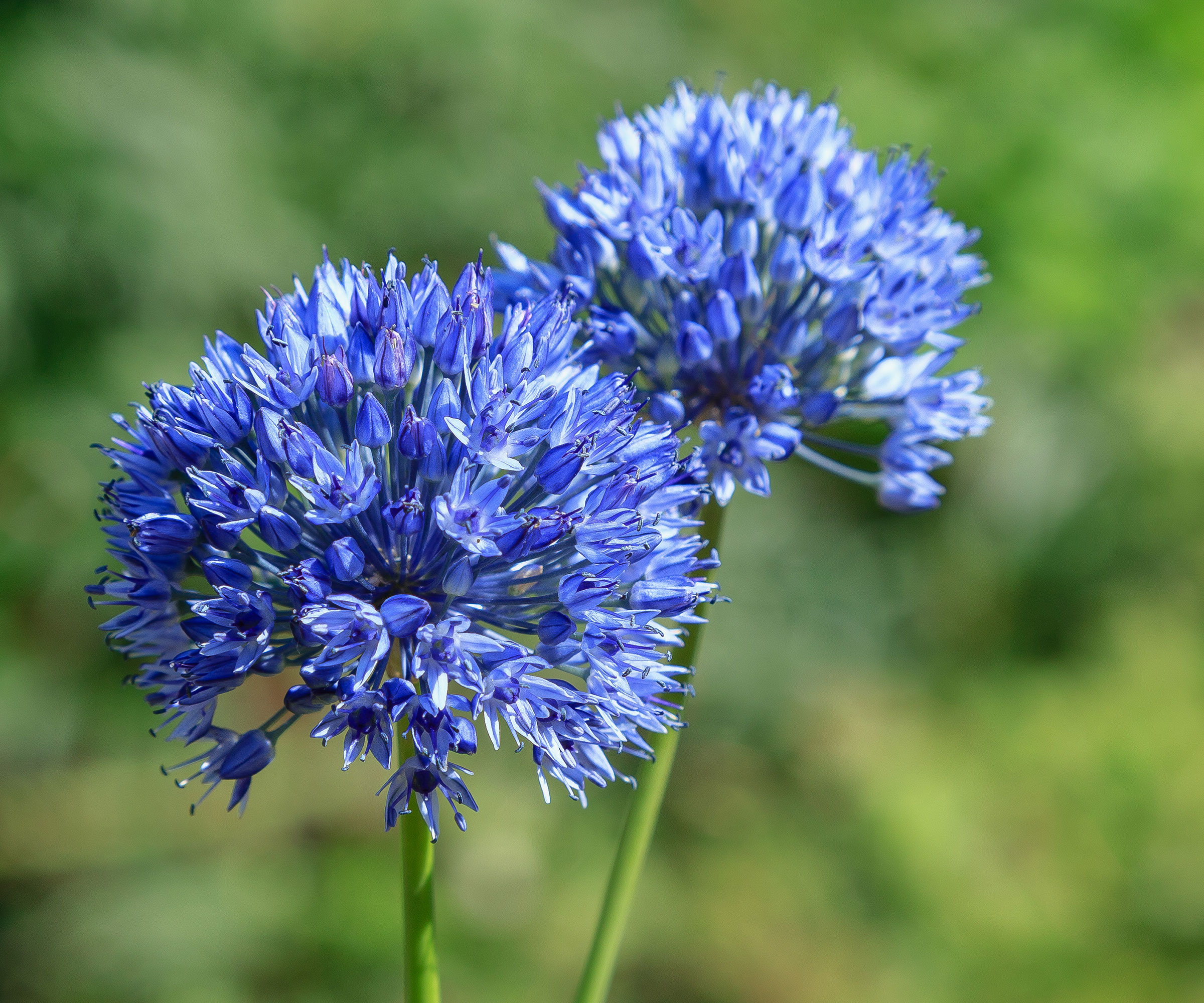
Growers are certain to delight in the precise color and form of this attractive blue globe onion. Small flower clusters are held atop tall stems, each reaching 12-24in (30-60cm) in height. Densely arranged florets further add to the head's full appearance. The plants serve as a magnet to passing pollinators, luring beneficial insects to a pollinator garden with an abundance of nectar. You can expect the bulbs to easily perennialize, with hardiness through USDA zones 4-10.
2. Blue Allium
Another popular variety, common Blue Allium plants are prized for their deeply saturated buds. Where conditions are ideal, these bulbs will multiply, growing to form dense colonies. This makes them ideal if you are gardening with perennial beds. Their ease of care and resistance to disease are great for low-maintenance landscapes. Alliums of this type will grow best in USDA zones 4-8.
3. Persian Blue
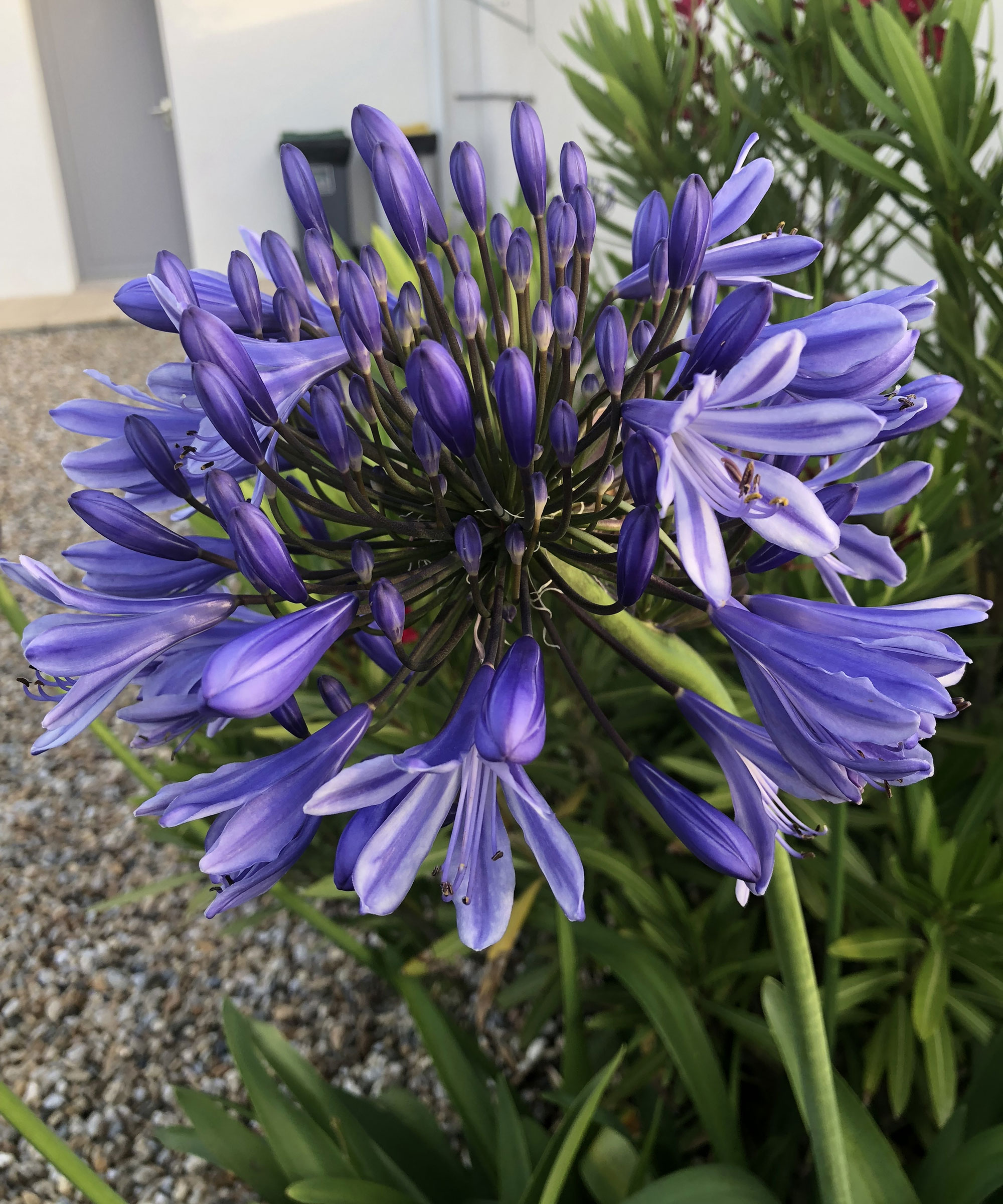
Persian Blue allium makes an impressive visual statement with a design that’s frequently used in blue onion motifs. Reaching up to 3ft (1m) in height, the bulbs can be planted en masse in a blue onion design, or grown in smaller clusters. With either method, the flowers draw your eye through the growing space with especially brilliant blooms serving as the focal point of beds. Their ornamental flower heads persist over several weeks, which can extend the life of perennial flower beds and borders and continue to attract pollinators. Persian Blue allium plants are hardy to USDA zones 3-8.
4. Schrenk
Schrenk alliums are best known for adding a light, airy texture to beds. Sparsely arranged flowers open to reveal an appealing, true-blue tone. Like other species, growers can expect the bulb to multiply readily where conditions are ideal. Experienced gardeners have found this type best suited for informal beds or naturalized spaces. The plants are hardy to USDA zones 4-7.
5. True Blue
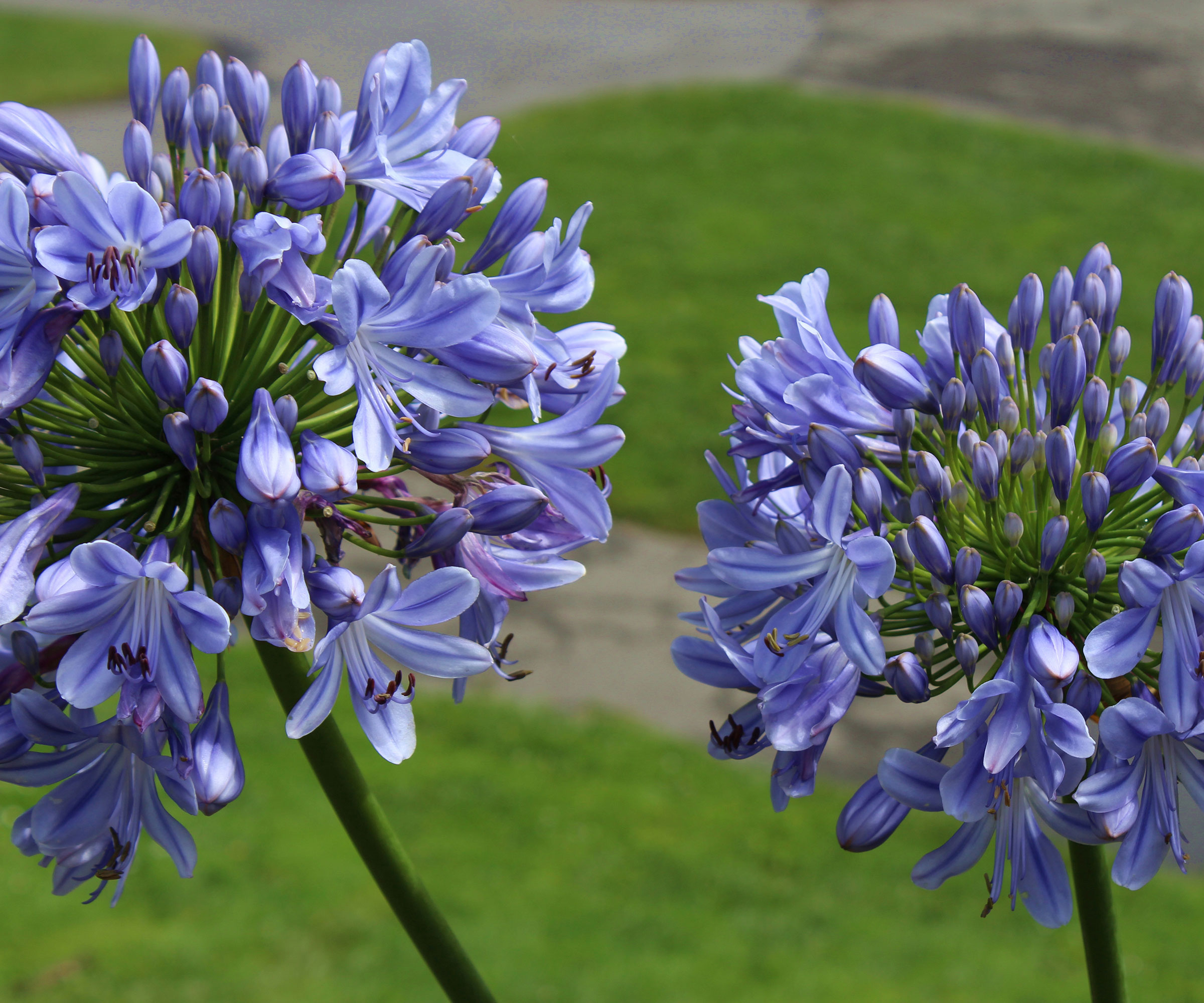
As its name would imply, True Blue allium bulbs are among the top options if you’re in search of crisp, blue hues. This cultivar retains its ornamental form, with its modest flower head held atop slender stems. Larger plantings are of special interest, creating a veritable sea of color. Bulbs thrive where they receive full sun throughout the day, or at least six-eight hours. Routine irrigation and feeding further help perennialize bulbs in a flower garden and assist in the production of flowers.
Sign up for the Gardening Know How newsletter today and receive a free copy of our e-book "How to Grow Delicious Tomatoes".
6. Zamin
Zamin allium bulbs are admired for their showstopping blooms. Each cluster of florets reaches over 4in (10cm) grabbing the attention of both growers and pollinators. Expect blooms in subtle shades of pastel blue, contrasted by a darker midsection. Disease-resistant, these bulbs will behave as gorgeous perennial flowers throughout USDA zones 3-9.
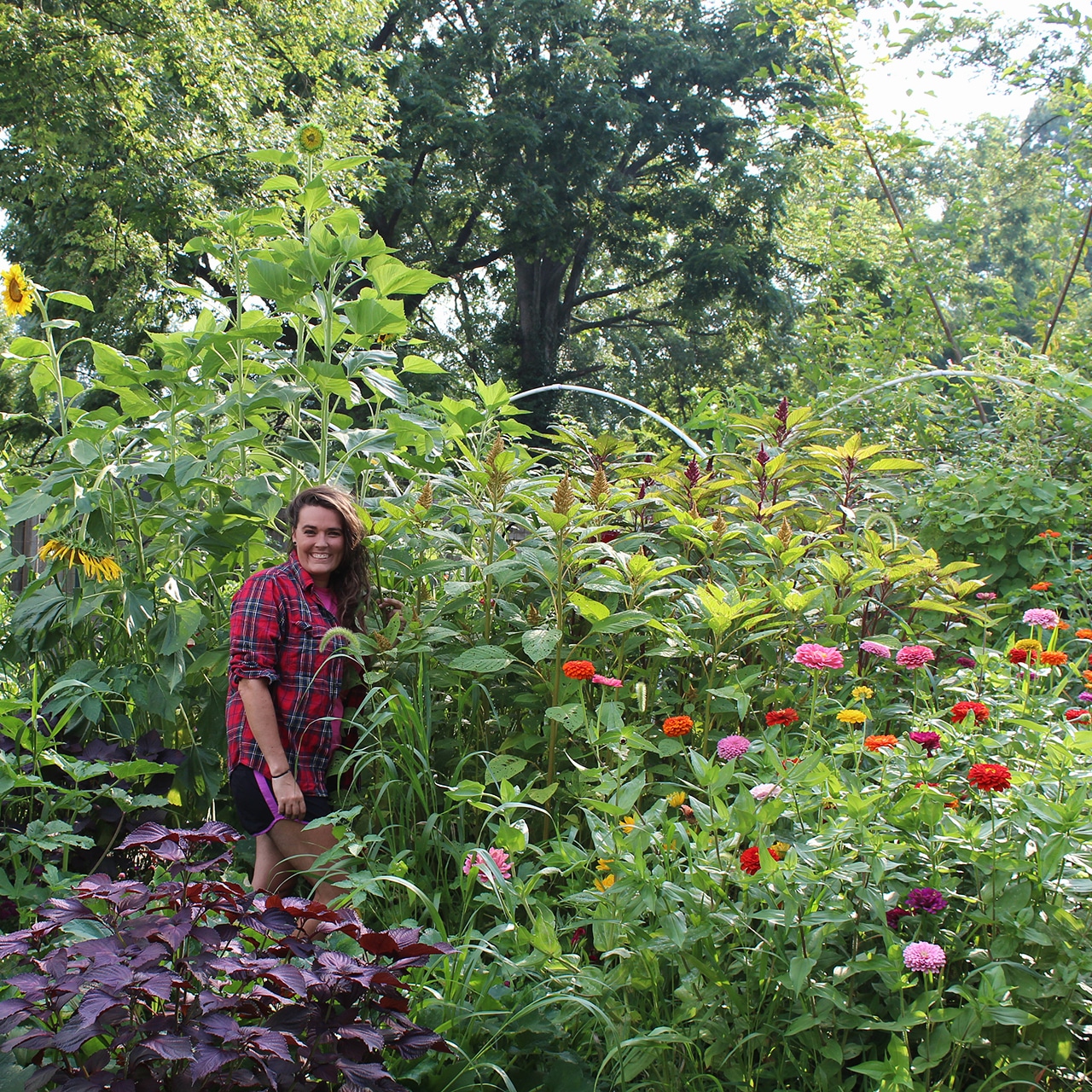
Tonya Barnett has been gardening for 13 years. Flowers are her passion. She has transformed her backyard into a cut flower garden, which she regularly chronicles on her YouTube channel http://www.youtube.com/@tonyawiththeflowers.